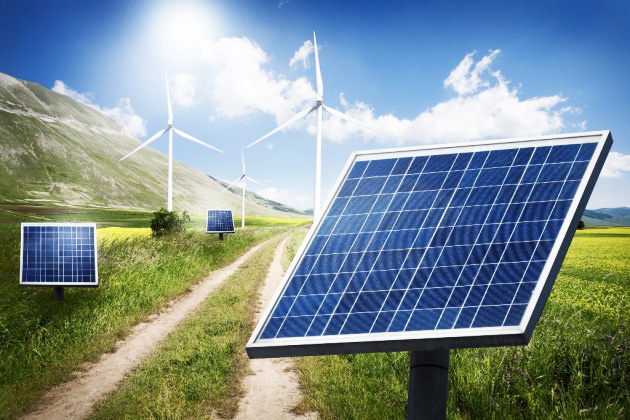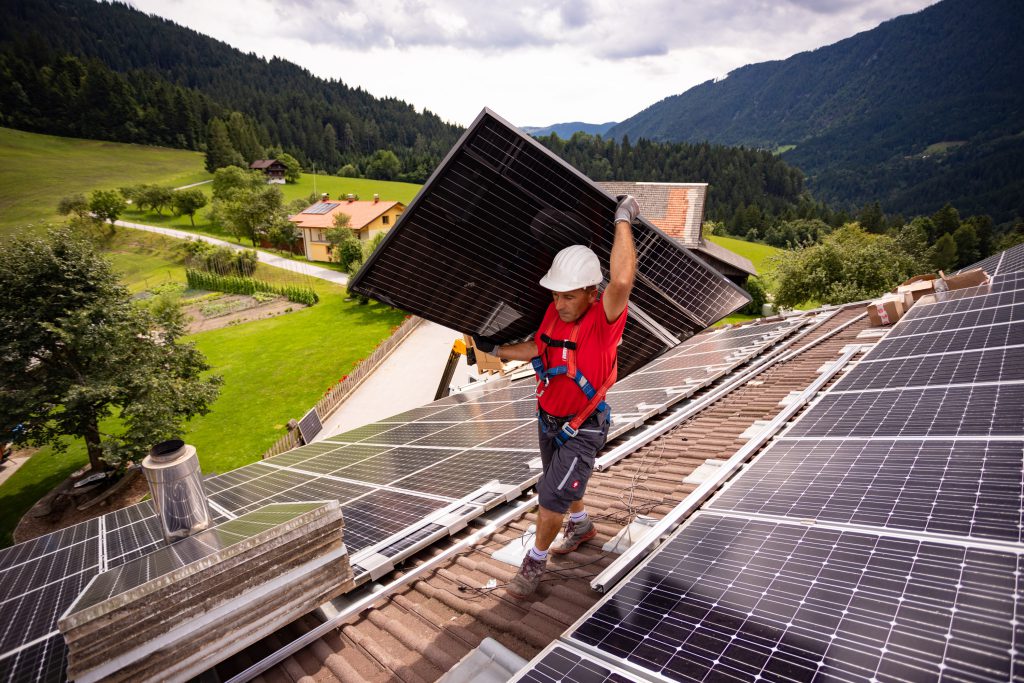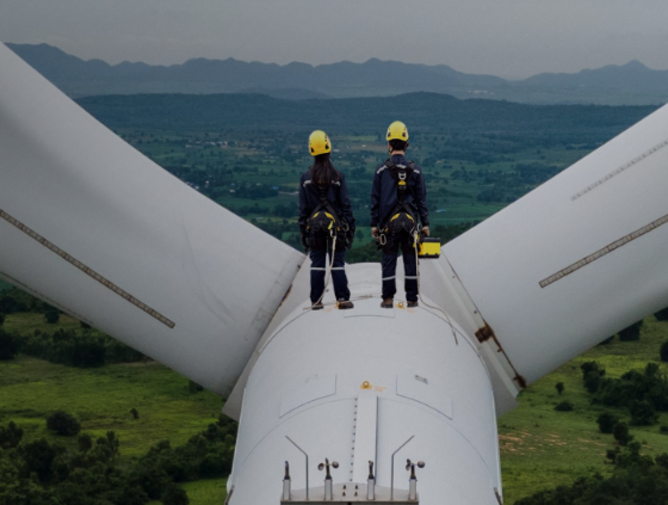

Slovenia, a small yet progressive country nestled in the heart of Europe, has been making significant strides in adopting clean energy technologies. With a strong commitment to reducing greenhouse gas emissions and transitioning towards a sustainable future, Slovenia has emerged as a shining example of how clean energy technologies can drive economic growth while protecting the environment. In this article, we will explore some of the key clean energy technologies being implemented in Slovenia.

Slovenia has been harnessing the power of renewable energy sources to meet its electricity needs. The country boasts an abundance of natural resources, including rivers, forests, and solar potential. Hydropower, in particular, plays a significant role in Slovenia’s energy mix, with numerous small and medium-sized hydropower plants dotting its landscape. Additionally, solar photovoltaic installations and wind farms are gaining momentum, contributing to the country’s renewable energy generation.
Slovenia recognizes the importance of energy efficiency in reducing energy consumption and carbon emissions. The country has implemented various energy efficiency measures, including building insulation, efficient lighting systems, and energy-efficient appliances. These initiatives aim to reduce energy waste, lower energy bills for consumers, and decrease the overall environmental impact of energy consumption.
District heating systems have gained prominence in Slovenia, particularly in urban areas. These systems utilize waste heat from industrial processes, geothermal energy, or biomass to provide heating and hot water to multiple buildings or communities. District heating reduces the reliance on fossil fuels and promotes the efficient use of energy resources, contributing to a cleaner and more sustainable heating infrastructure.
Slovenia has embraced the transition towards electric mobility by promoting the use of electric vehicles (EVs) and establishing a network of charging stations. The government offers incentives to encourage the purchase of EVs, and the charging infrastructure is continuously expanding. By promoting electric mobility, Slovenia aims to reduce greenhouse gas emissions from the transportation sector and improve air quality in urban areas.
Slovenia has tapped into biogas and biomass as renewable energy sources. Biogas plants utilize organic waste, such as agricultural residues and food waste, to produce biogas for electricity and heat generation. Biomass, including wood pellets and wood chips, is also used for heating purposes. These technologies not only contribute to renewable energy generation but also help manage organic waste and reduce methane emissions.
Slovenia places a strong emphasis on research and development (R&D) in clean energy technologies. The country actively supports research projects and collaborations aimed at developing innovative solutions for sustainable energy production and consumption. R&D efforts focus on areas such as advanced solar technologies, energy storage systems, and smart grid integration, ensuring Slovenia remains at the forefront of clean energy innovation.

Slovenia’s commitment to clean energy technologies is evident through its embrace of renewable energy sources, energy efficiency measures, district heating systems, electric mobility, biogas, and biomass utilization. By prioritizing sustainability and investing in research and development, Slovenia is creating a greener and more resilient energy sector. These efforts not only contribute to mitigating climate change but also foster economic growth, job creation, and improved quality of life for its citizens. As Slovenia continues to lead by example, it sets a benchmark for other nations seeking to transition towards a sustainable energy future.